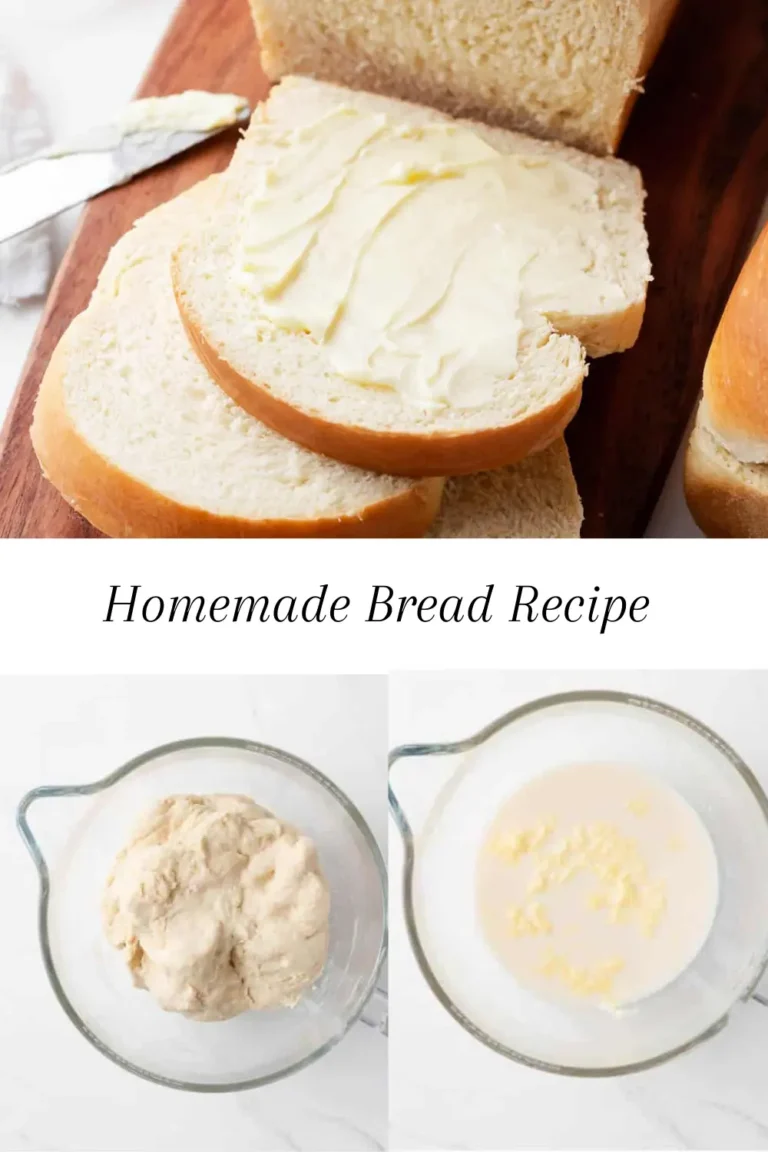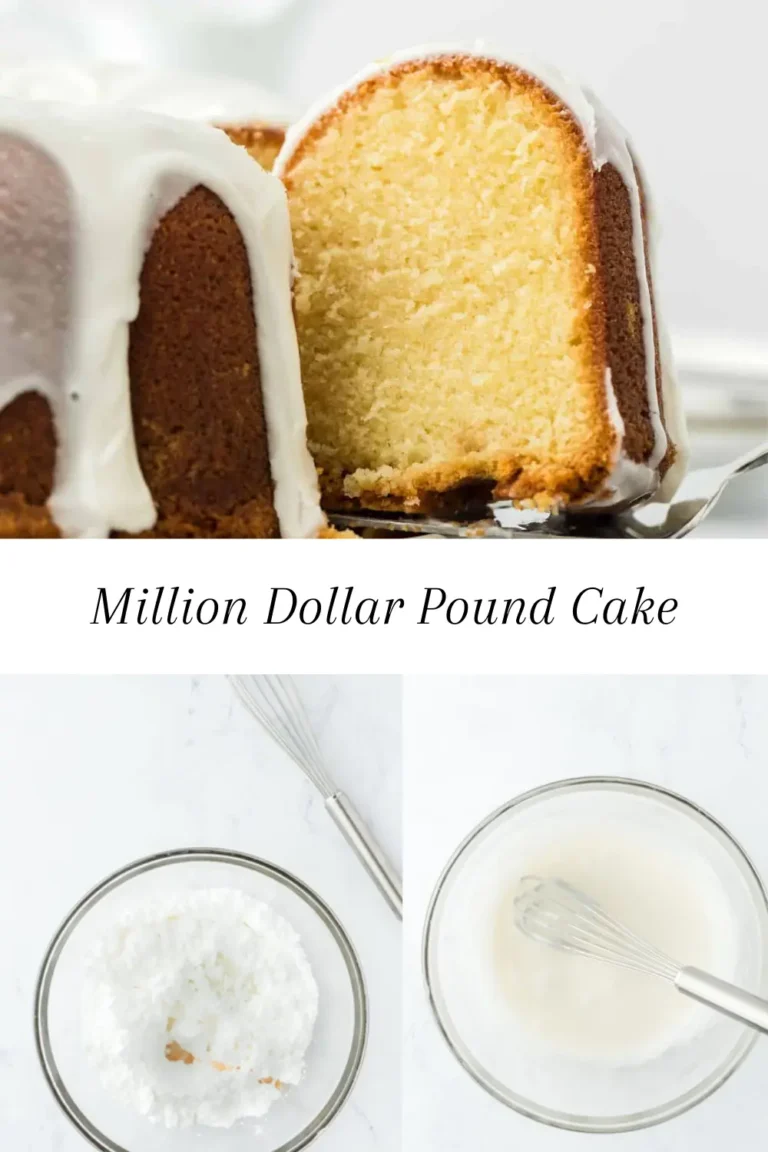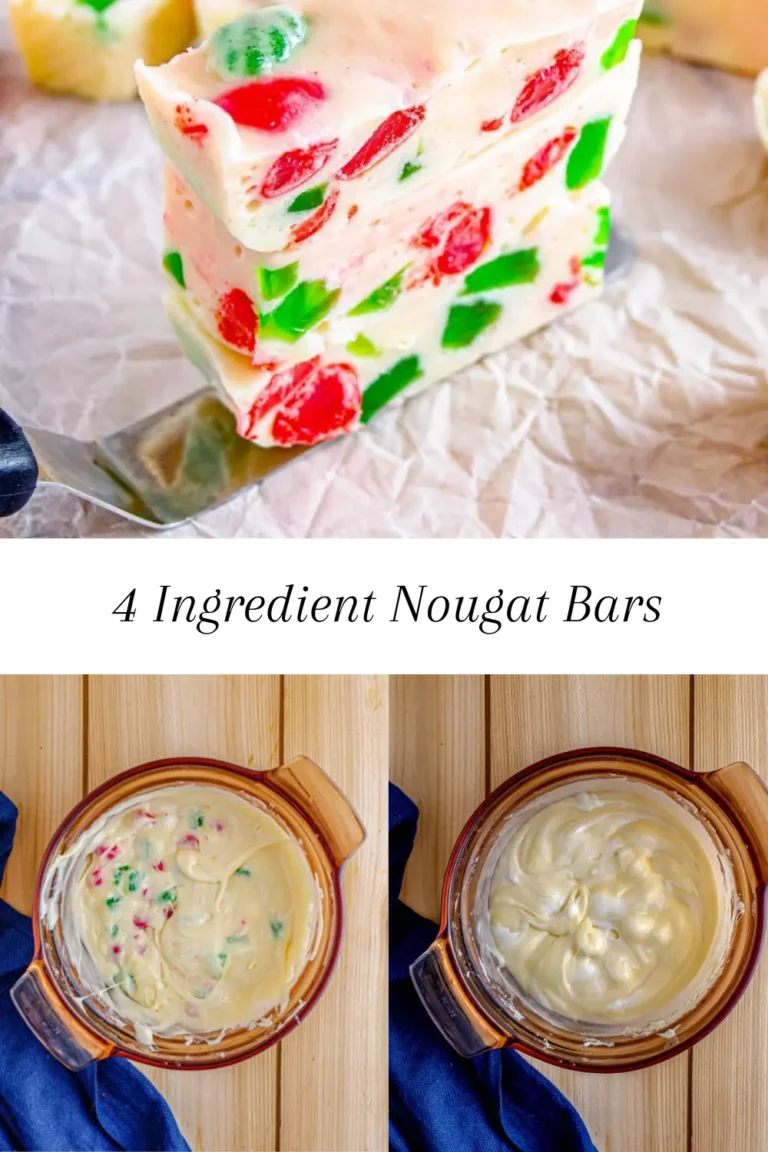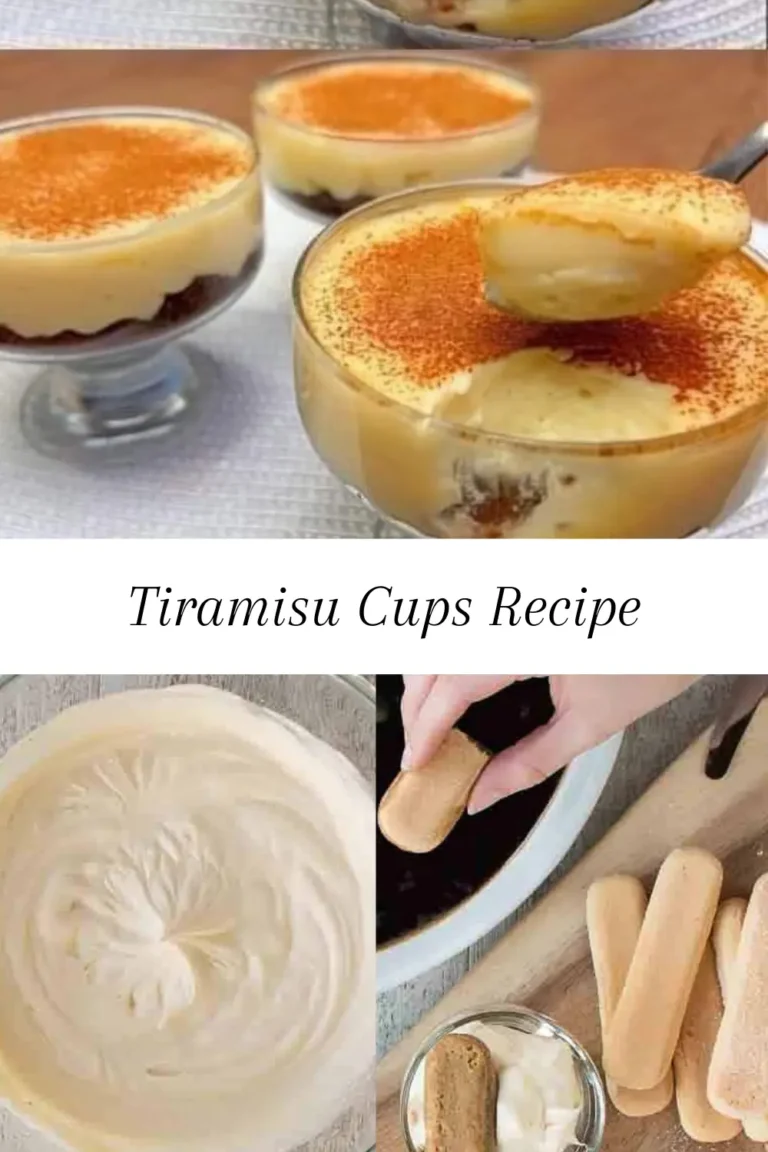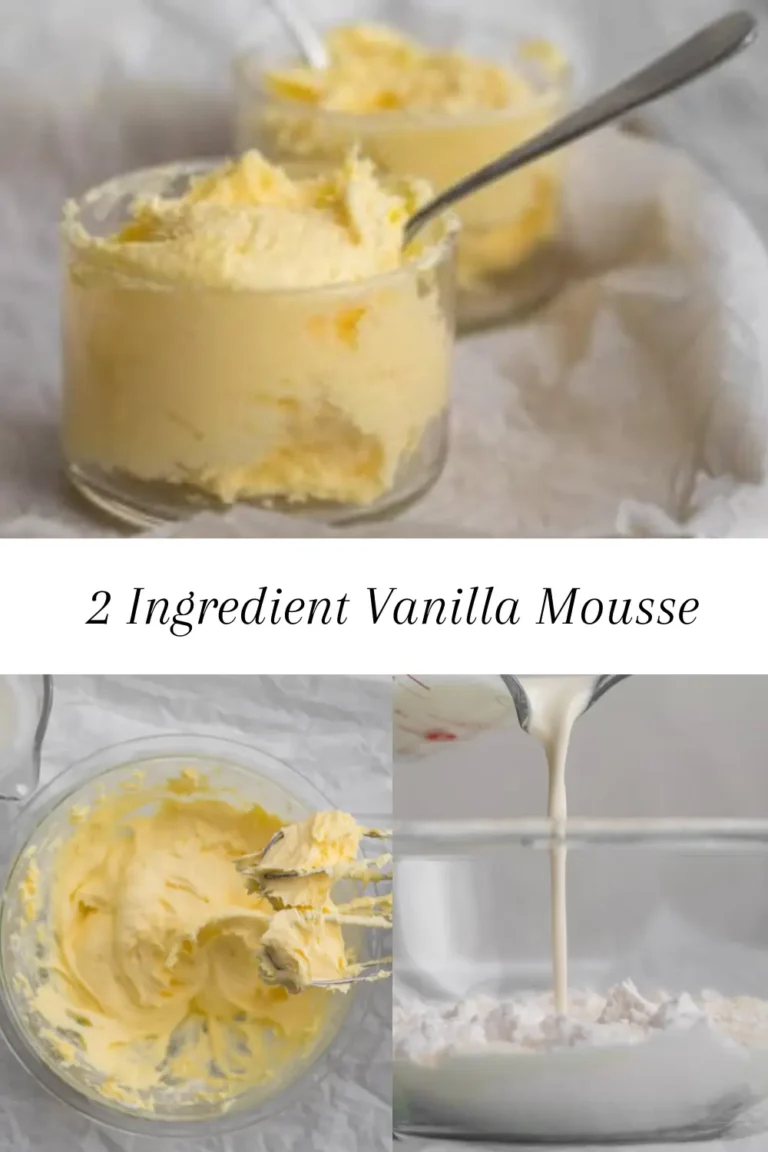Pastry Cream
Pastry cream, or crème pâtissière, is a quintessential element in the repertoire of pastry chefs and home bakers alike. It is a silky, custard-like mixture made primarily from milk, eggs, sugar, and cornstarch, which serves as a versatile filling or base for various desserts. The origins of pastry cream can be traced back to traditional French cuisine, where it was developed as a rich filling for pastries and tarts. Over time, this delightful cream has adapted into modern culinary practices, ensuring its place in contemporary dessert-making.
The significance of pastry cream lies in its adaptability; it is not only a filling for éclairs and cream puffs but also serves as a foundation for other confections. When flavored with ingredients such as vanilla, chocolate, or fruit purees, pastry cream elevates the taste and presentation of desserts, adding layers of flavor and texture. Furthermore, it can be utilized as a component in more complex desserts, such as trifles or layered cakes, showcasing its versatility.
Understanding how to make and use pastry cream is essential for any aspiring baker. Mastery over this technique allows for the creation of exquisite pastries and desserts that are both visually appealing and delicious. Additionally, the skill of preparing pastry cream opens doors to a wider variety of culinary explorations, enabling bakers to experiment with different flavors and applications. Its creamy texture and rich flavor profile not only provide a delightful experience but also enhance the overall quality of the finished product. In summary, pastry cream is a fundamental skill that contributes significantly to the world of baking, bridging traditional techniques with innovative dessert creations.
The Science Behind Perfecting Pastry Cream
Pastry cream, also known as crème pâtissière, is a quintessential component in a variety of desserts, characterized by its smooth, luscious texture and rich flavor. Mastering this culinary delight requires a keen understanding of the key ingredients and their respective roles in the final outcome. The fundamental ingredients include sugar, cornstarch, egg yolks, milk, butter, and vanilla. Each component interacts in a complex manner to achieve the desired consistency and taste.
Sugar not only elevates the sweetness of the pastry cream but also serves as a key element in the cooking process. As it dissolves in the milk, it contributes to the overall body and consistency. Cornstarch acts as a thickening agent, gelifying when heated, and helps stabilize the mixture, providing that essential velvety feel. The egg yolks are vital, as they introduce emulsifiers that bind the fat in butter and the liquids, ensuring a creamy texture while enriching the flavor profile.
The role of milk cannot be overstated, as it is the primary liquid that carries all the flavors and facilitates the cooking process. Whole milk is often preferred due to its higher fat content, which significantly enhances richness. Butter adds a final touch of smoothness and gloss, resulting in a luxurious finish. Meanwhile, vanilla provides an aroma that envelops the cream, making it more inviting.
Temperature control is critical in making pastry cream; it is imperative to cook the mixture slowly, allowing the starch to gelatinize without scorching. Constant whisking is essential to prevent clumping and ensures even cooking, thereby achieving the desired smooth consistency. Visualizing this process is akin to guiding a delicate dance between ingredients, as they harmoniously unite to create a delightful cream that serves as the cornerstone in countless pastry confections.
Tips and Tricks for Success in Making Pastry Cream
Creating the perfect pastry cream can be a rewarding experience, but it comes with its share of challenges. One common issue that many encounter is graininess, which may occur if the mixture has not been cooked properly. To avoid this, ensure you constantly whisk the mixture while cooking, particularly around the edges of the saucepan. This technique promotes even heating and prevents your pastry cream from forming unwanted lumps.
Another hurdle is curdling, which typically stems from overheating the egg yolks. To combat this, consider tempering the yolks by gradually adding a small amount of the hot milk mixture to them before incorporating the entire content. This process gradually raises the temperature of the eggs, reducing the risk of curdling. Should curdling occur despite your best efforts, you can try straining the mixture through a fine-mesh sieve to salvage it.
Adjusting the consistency of your pastry cream is another area where cooks often face difficulties. An overly thick pastry cream can be remedied by whisking in a little milk or cream until the desired texture is achieved. Conversely, if your mixture is too thin, return it to the heat and cook it a bit longer, stirring continuously until it thickens. Employing a digital thermometer can be helpful in this regard, as pastry cream should typically reach around 185°F (85°C) for optimal thickness.
Proper storage is also crucial to retain the quality of your pastry cream. Allow it to cool completely before transferring it to an airtight container, which prevents a skin from forming on the surface. Additionally, place a piece of plastic wrap directly on the pastry cream before sealing the container for maximum protection. My personal experience with pastry cream saw me rush the cooling process, leading to that pesky skin. By incorporating these practical tips, you can master the art of pastry cream and enjoy your culinary creations to the fullest.
Creative Uses for Pastry Cream
Pastry cream, a versatile component of patisserie, can elevate a variety of dishes beyond the traditional custards and cakes. Its smooth, creamy texture and rich flavor profile make it an ideal filling for numerous sweet treats. One of the most popular applications is in éclairs, where the cream is piped into hollow pastry shells, creating a delightful contrast between the crispy exterior and the rich filling. However, there is a world of creativity waiting to be explored with pastry cream.
For those looking to diversify their culinary creations, consider flavoring the pastry cream with ingredients like chocolate, matcha, or seasonal fruits. A chocolate pastry cream can enhance layer cakes, providing depth and indulgence, while a fruit-infused version, such as vanilla cream with berry purée, can add a refreshing twist to tarts and trifles. Experimenting with these variations not only brings new flavors to your desserts but also caters to different palates and preferences.
Additionally, pastry cream can be incorporated into layered desserts, where it acts as a bridge between multiple components, such as sponge cake and fruit layers. For example, a matcha-infused cream can be used in a Japanese-inspired dessert, layering with sponge and red bean for a delightful fusion of textures and flavors. The cultural significance of pastry cream extends globally, from French crème pâtissière to Italian crema pasticcera and beyond, showcasing its versatility across different culinary traditions.
Encouraging readers to embark on their pastry cream adventures can also create fond familial connections. Many families have cherished recipes that incorporate this rich cream, laden with memories and stories. By sharing or recreating these recipes, one not only preserves traditions but also invites a personal touch to each dessert.
Ingredient
- ½ cup (99 g) granulated sugar
- 3 tablespoons cornstarch
- ¼ teaspoon (0.25 teaspoon) kosher salt
- 4 egg yolks
- 2 cups (480 ml) whole milk
- 2 tablespoons (28 g) unsalted butter
- 2 teaspoons vanilla extract
Instructions
- Fill a large bowl with ice water, then set a fine-mesh sieve over a medium bowl. Set both aside.
- In a 3 to 4-quart saucepan, whisk together the sugar, cornstarch and salt. Whisk in the egg yolks until thoroughly combined and all of the dry ingredients have been incorporated. Then, whisk in the milk to combine.
- Place the saucepan over medium heat, whisking constantly, until the pastry cream begins to noticeably thicken, about 4 to 8 minutes. When it reaches this point, look for large bubbles to break on the surface. Once they do, whisk constantly for 1 minute, then remove from the heat.
- Whisk in the butter and vanilla until melted and completely smooth.
- Strain the pastry cream through the fine-mesh sieve into the medium bowl. Immediately press a piece of plastic wrap against the surface of the pastry cream to prevent a skin from forming. Place the bowl of pastry cream into the ice bath to cool for 30 minutes. Transfer to the refrigerator and chill for at least 4 hours or overnight.


